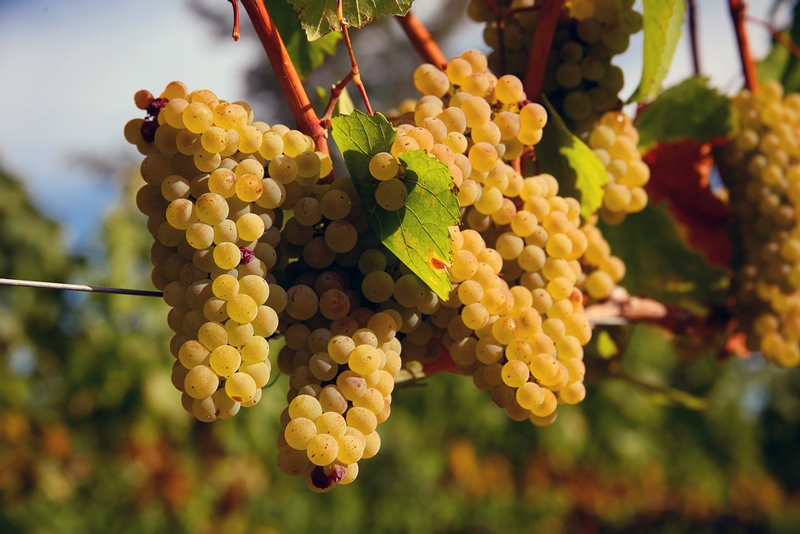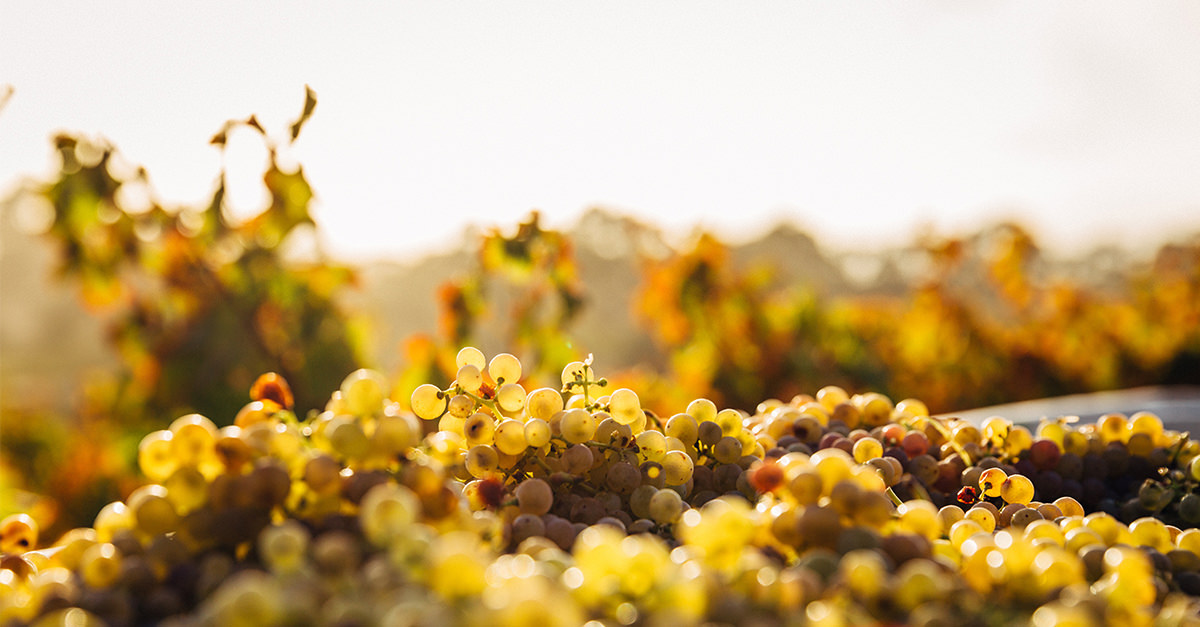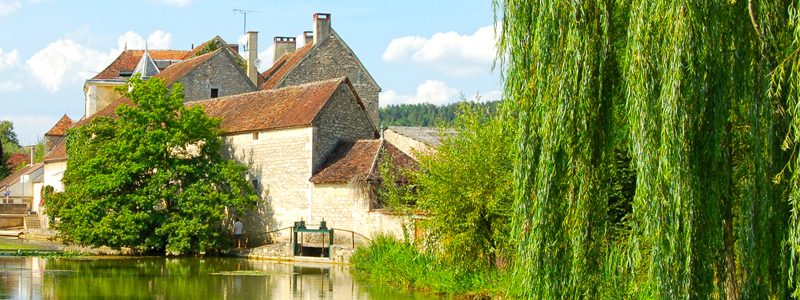Chardonnay is the most popular white wine on earth and, more recently, it has also become the most divisive. Travel to any wine region in the world, and you’ll find at least one vineyard growing Chardonnay. It’s a wine that can be simple or regal, aged for many years or consumed immediately. So how did Chardonnay become so popular, and why has it recently gotten a somewhat bad rap?
Chardonnay was born in the Burgundy region of France, where it is known as White Burgundy, and it was there that the wine gained great acclaim for its elegance.
Chardonnay was born in the Burgundy region of France, where it is known as White Burgundy, and it was there that the wine gained great acclaim for its elegance.
Soon after Chardonnay’s rise in popularity, winemakers in Champagne began to grow the grape as well, using it as the dominant ingredient for their sparkling wines.
While grown in the same country, the Chardonnay grapes took on a very different characteristic in Champagne than they had in Burgundy. Winemakers began to realize that the grape had a unique knack for truly embodying terroir, the region and area where the wine is grown. No two places that grow Chardonnay produce the exact same wine, yet every region finds it is relatively easy to grow. This discovery is what helped the grape quickly spread across the world.
As the grape spread, winemakers discovered that warm climates would produce a Chardonnay grape that was ripe and full of tropical flavors, while in cooler climates the grape had flavors of apple as well as earthy fall aromas such as mushrooms and the smell of fallen leaves. With the variety of different Chardonnays that can be produced around the world, wine drinkers literally have a Chardonnay for every season and occasion. This worldwide variety allows Chardonnay to go extremely well on its own while sitting outside in the summer, or even on a cold winter’s night with a hearty stew.
In California during the ‘80s and ‘90s, winemakers, especially the mass market ones, started going oak crazy.
So if Chardonnay is so versatile, then what has caused the wine to get a bad rap in recent years? One word: oak. In addition to winemakers discovering how adaptive the grape was to different regions of the world, they also found that it was incredibly responsive to being aged in oak. A little oak on a Chardonnay is a very good thing — it creates the luscious mouthfeel we expect in a Burgundian Chardonnay, and gives us just a kiss of vanilla. The problem is, if the wine gets too much oak, bad things can happen.
 In ’80s and ’90s, mass-market producers in California over-oaked the heck out of Chardonnay and created what came to be known as butter bombs.
In ’80s and ’90s, mass-market producers in California over-oaked the heck out of Chardonnay and created what came to be known as butter bombs.In California during the ‘80s and ‘90s, winemakers, especially the mass market ones, started going oak crazy. Determining what they thought was Americans’ desire for oak, oak and more oak, they over-oaked the heck out of Chardonnay and created what came to be known as butter bombs, a white wine that literally tasted like liquid butter in a bottle. This turned many wine drinkers off and caused many to say they hated Chardonnay, but that should not be the case!
The practice of over-oaking Chardonnay has pretty much stopped worldwide, with most winemakers who now want their Chardonnay to spend a little time in oak reverting back to the heritage of the French Burgundian winemakers. That being said, a good way to avoid the liquid butter wine is simply to avoid Chardonnay that is made by any of the worldwide mega-producers, who basically sell the stuff for under $10 a bottle, using the oak to mask the poor qualities of the fruit. Another way, is to simply buy an unoaked Chardonnay.

